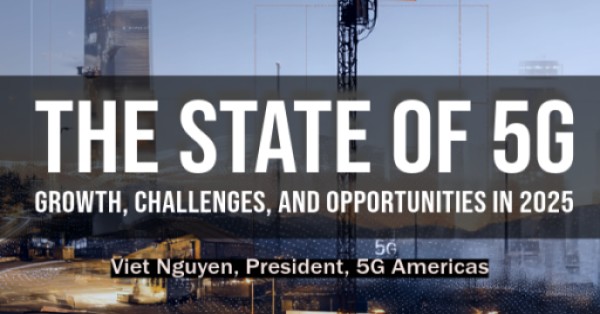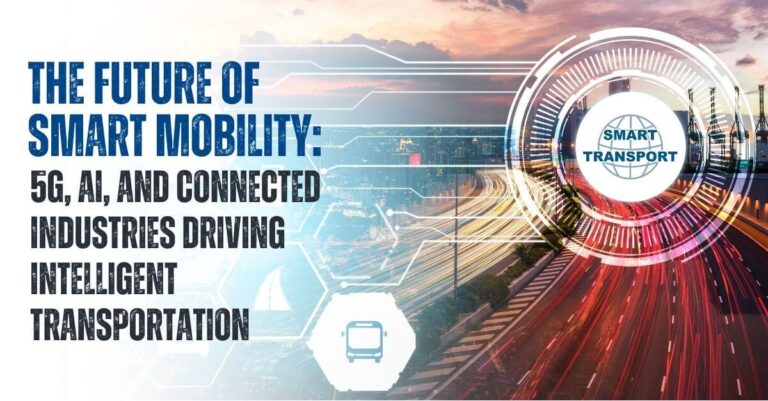Introducing the First Private LTE Network in Lithium Mining in the Americas
Sigma Lithium, a leading lithium producer, has joined forces with Nokia and Alcon to deploy the first private LTE network dedicated to lithium mining in the Americas. This initiative aims to support the burgeoning demand for lithium, essential for the next generation of electric vehicle (EV) batteries, by establishing a highly efficient, safe, and sustainable mining environment.
Connectivity and Efficiency Challenges in Lithium Mining
The global shift towards energy-efficient vehicles is dramatically increasing the demand for lithium, making efficient and sustainable mining practices more crucial than ever. Traditional mining operations, challenged by connectivity issues, often face difficulties in maintaining operational efficiency, worker safety, and environmental protection.
How Nokia’s Private LTE Network Transforms Sigma Lithium’s Operations
Nokia’s deployment of its Digital Automation Cloud (Nokia DAC) provides a tailored private LTE network that caters to the unique needs of industrial environments like those found at Sigma Lithium’s sites. This network facilitates over 200 Sigma employees in their daily operations, integrating cutting-edge mining applications that bolster productivity and safety.
Proven Results: Sigma Lithium’s Sustainable Practices and Network Implementation
Sigma Lithium has been at the forefront of sustainable mining, having produced record amounts of Triple Zero Green Lithium. Their recent recognition at COP28 for producing the most sustainable lithium in the world underscores their commitment. The integration of Nokia’s private LTE network is set to further these achievements by ensuring continuous connectivity and supporting advanced applications vital for modern mining operations.
Why Sigma Lithium Chose Nokia’s Private LTE for Mining Operations
Selecting Nokia’s private LTE solution was driven by its reliable performance in delivering secure and high-quality network services across various sectors. This technology is crucial for supporting essential mining applications such as dispatch systems, push-to-talk, push-to-video, and smart badge systems, which are integral to enhancing operational efficiency at Sigma Lithium.
Key Benefits of Private LTE in Lithium Mining: Safety, Productivity, and Sustainability
The deployment of this private LTE network brings significant advantages:
- Enhanced Safety: The network enables real-time communication and monitoring, significantly improving on-site safety.
- Increased Productivity: Through seamless connectivity and specialized applications, operations are streamlined, minimizing downtime.
- Environmental Sustainability: The network supports Sigma Lithium’s commitment to carbon-neutral and environmentally responsible lithium production.
The Role of Private Networks in Modernizing the Mining Industry
This project not only pioneers future mining operations but also highlights the vital role of innovative networking solutions in the digital transformation of industries. It exemplifies how private networks can revolutionize traditional sectors, making them safer, more efficient, and sustainable.
Nokia’s Contribution to Sigma Lithium’s Networking Solutions
Nokia provides the technological infrastructure crucial for this initiative, ensuring the network is scalable, secure, and optimally deployed.
Alcon’s Expertise in Implementing Industrial Networking Solutions
Alcon’s involvement is vital for the effective implementation and optimization of the network, utilizing its expertise in navigating the challenges of industrial environments to ensure a smooth and efficient network rollout.
Current Progress of the Private LTE Network at Sigma Lithium
The network deployment is progressing, with ongoing integration of all planned applications and systems aimed at maximizing the operational benefits. Initiated in early 2024, the project is on track for complete network functionality by year-end, positioning Sigma Lithium for enhanced productivity and sustainability in lithium mining.
Stakeholder Endorsements of the Private LTE Mining Project
Executives from both Sigma Lithium and Alcon have publicly supported this project, emphasizing its importance in promoting industrial digitalization and advancing sustainable practices in the lithium mining sector.
Marcelo Marinho, Chief Operating Officer at Sigma Lithium, said: “At Sigma, we are dedicated to powering the next generation of EVs in the most sustainable manner. We are very excited to work with Nokia and Alcon to enhance worker safety and efficiency while continuing to expand our exploration of a metal critical to the world’s energy transition.”
Victorio Accon, Commercial Manager at Alcon, said: “We are very pleased to partner with Nokia on this exciting project to bring mission-critical networking to Sigma Lithium. Our expertise in deploying these vital solutions in challenging environments will ensure an optimized roll-out for Sigma Lithium.”
David de Lancelloti, Vice President Enterprise Campus Edge Business at Nokia, said: “This exciting collaboration with Alcon will bring robust connectivity to world-class lithium mining leader Sigma Lithium and accelerate digitalization. Dedicated, mission-critical connectivity connecting industrial devices and applications is at the heart of revolutionizing the way the mining sector operates – keeping employees safe and enabling high-performance operations that deliver results.”























